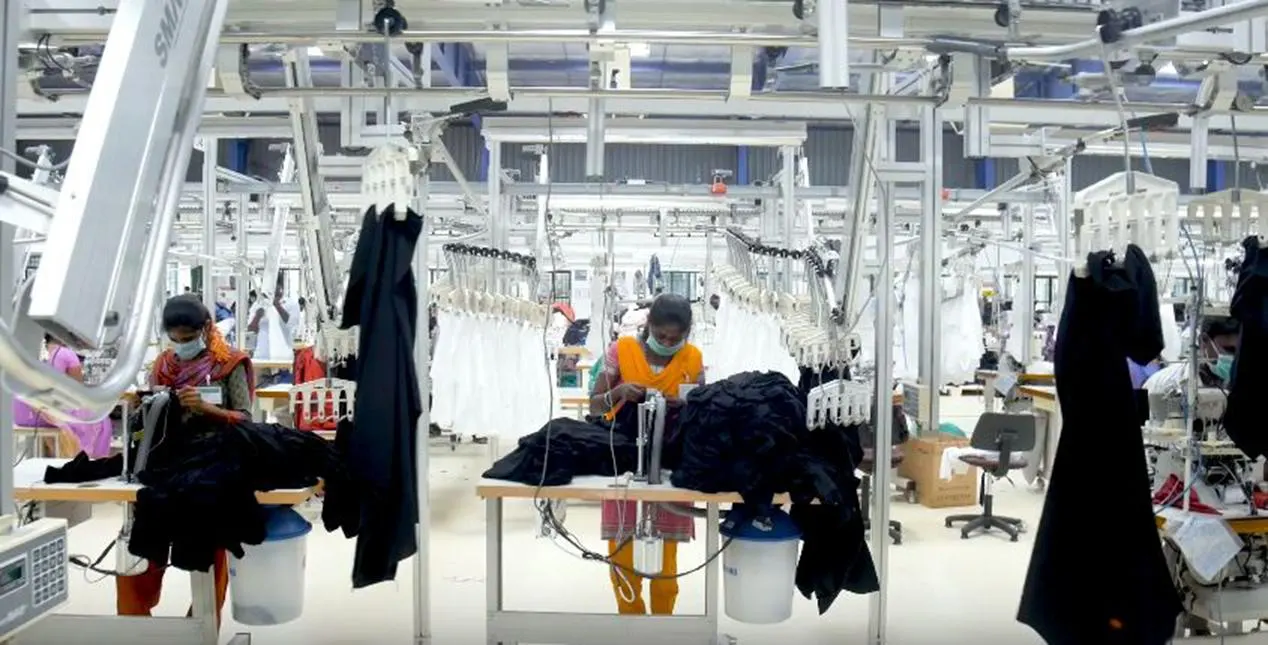The fashion industry is a massive global enterprise, generating billions of dollars annually and providing jobs for millions of workers. However, behind the glamour and trends lies a troubling reality—many garment workers face significant challenges regarding their labor rights.
Let’s take a closer look at the current state of labor rights in the fashion world, focusing on the fight for fair wages and safe working conditions. Understanding these issues is crucial not only for consumers but also for anyone interested in creating a more equitable world.
Understanding Labor Rights in Fashion
Labor rights refer to the legal rights and protections afforded to workers, including the right to fair wages, safe working conditions, and reasonable hours. These rights are essential for ensuring that workers are treated with dignity and respect.
Historically, labor rights in the fashion industry have been shaped by various movements and events. From the early 1900s, when garment workers began to organize for better conditions, to the modern-day push for ethical fashion, the fight for labor rights has evolved significantly. Milestones like the Triangle Shirtwaist Factory fire in 1911 highlighted the dangers of poor working conditions, leading to increased awareness and advocacy.
Current Issues Facing Garment Workers
Common Labor Rights Violations
Low Wages
Many garment workers, particularly in developing countries, earn wages that are far below the living wage. For instance, a worker in Bangladesh may earn as little as $3 per day, which is insufficient to cover basic living expenses. This issue affects millions of workers worldwide, forcing them into poverty despite their hard work.
Long Working Hours
Long hours without adequate breaks are another significant concern. Many garment factories operate under intense pressure to meet production deadlines, resulting in workers clocking in 12 to 16-hour shifts. These exhausting schedules take a toll on their physical and mental health.
Unsafe Working Conditions
Unsafe working environments are prevalent in the fashion industry. Many factories lack proper safety measures, leading to accidents and injuries. A notable example is the Rana Plaza collapse in 2013, which tragically killed over 1,100 workers and injured thousands more.
Job Insecurity and Lack of Benefits
Workers often face job insecurity due to temporary contracts and a lack of benefits such as health insurance and paid leave. This precarious situation makes it difficult for them to plan for the future and support their families.
Specific instances of exploitation are evident in various brands. For example, some well-known fast fashion retailers have been accused of neglecting workers’ rights while prioritizing profit margins.
Adidas, a leading global brand, has been at the forefront of discussions regarding labor rights in the fashion industry. While the company is often celebrated for its innovative designs and marketing strategies, it has also faced criticism for the treatment of its workers, particularly in factories in developing countries. Reports have highlighted issues such as low wages, poor working conditions, and long hours, painting a concerning picture of the exploitation of Adidas workers’ rights.
The Role of Fast Fashion in Labor Exploitation
Definition of Fast Fashion
Fast fashion refers to the rapid production of inexpensive clothing in response to the latest trends. This business model prioritizes speed and low costs, often at the expense of labor rights.
Impact on Labor Rights
Fast fashion’s demand for quick turnaround times creates immense pressure on workers, leading to labor rights violations. Factories may cut corners to meet deadlines, resulting in unsafe conditions and unfair wages.
Case Examples
Brands like Zara and H&M have faced scrutiny over their labor practices, highlighting the dark side of fast fashion. Reports have shown that workers in their supply chains often endure poor working conditions and low pay.
Advocacy and Labor Rights Organizations
Importance of Advocacy
Advocacy plays a crucial role in promoting labor rights in the fashion industry. By raising awareness and holding brands accountable, advocates work to improve conditions for garment workers.
Key Organizations
Several organizations focus on fighting for labor rights in the fashion sector:
- Fair Trade: This organization promotes fair wages and safe working conditions for producers, ensuring that workers receive a fair price for their products.
- Labour Behind the Label: This group campaigns for workers’ rights in the fashion industry, advocating for better working conditions and fair wages.
- Clean Clothes Campaign: This organization focuses on improving labor conditions in the garment industry through advocacy and awareness-raising.
Success Stories
Many campaigns have successfully raised awareness and improved conditions for workers. These efforts show that change is possible when consumers, advocates, and organizations unite.
The Role of Consumers in Promoting Fair Labor Practices
Consumer Impact
Consumers hold significant power in influencing labor practices. By choosing where to spend their money, they can support brands that prioritize ethical labor practices.
Making Ethical Purchasing Decisions
To make a positive impact, consumers should research brands’ labor practices and support those that uphold workers’ rights. Tools like ethical fashion directories can help shoppers find brands committed to fair practices.
Boycotting Poor Practices
Boycotting brands with exploitative practices sends a strong message that consumers demand change. Collective action can pressure companies to improve their labor practices.
Social Media’s Role
Social media has become a powerful tool for raising awareness about labor rights issues. Campaigns that highlight the struggles of garment workers can mobilize support and drive change.
Legislative and Policy Changes
Existing Labor Laws
Labor laws vary widely across countries, affecting the working conditions of garment workers. While some countries have established regulations, enforcement is often lacking.
Need for Stronger Regulations
There is a pressing need for stronger regulations and enforcement mechanisms to protect workers in the fashion industry. Governments must prioritize labor rights to ensure fair treatment for all workers.
Recent Legislative Efforts
Recently, some countries have introduced legislation aimed at improving labor conditions in the fashion industry. These laws seek to hold brands accountable for their labor practices.
Role of Governments and International Bodies
Governments and international organizations play a critical role in promoting labor rights globally. Collaboration between countries can lead to more effective solutions to labor issues in the fashion industry.
Labor rights in the fashion world are a pressing issue that requires immediate attention. By understanding the challenges faced by garment workers and the role of various stakeholders, we can all contribute to creating a more equitable industry.
Whether through advocacy, ethical purchasing decisions, or supporting organizations that fight for workers’ rights, each of us can make a difference. The journey toward fair wages and safe working conditions is ongoing, but together, we can empower change and support the rights of all workers in the fashion industry.

 Join Daily Trust WhatsApp Community For Quick Access To News and Happenings Around You.
Join Daily Trust WhatsApp Community For Quick Access To News and Happenings Around You.


